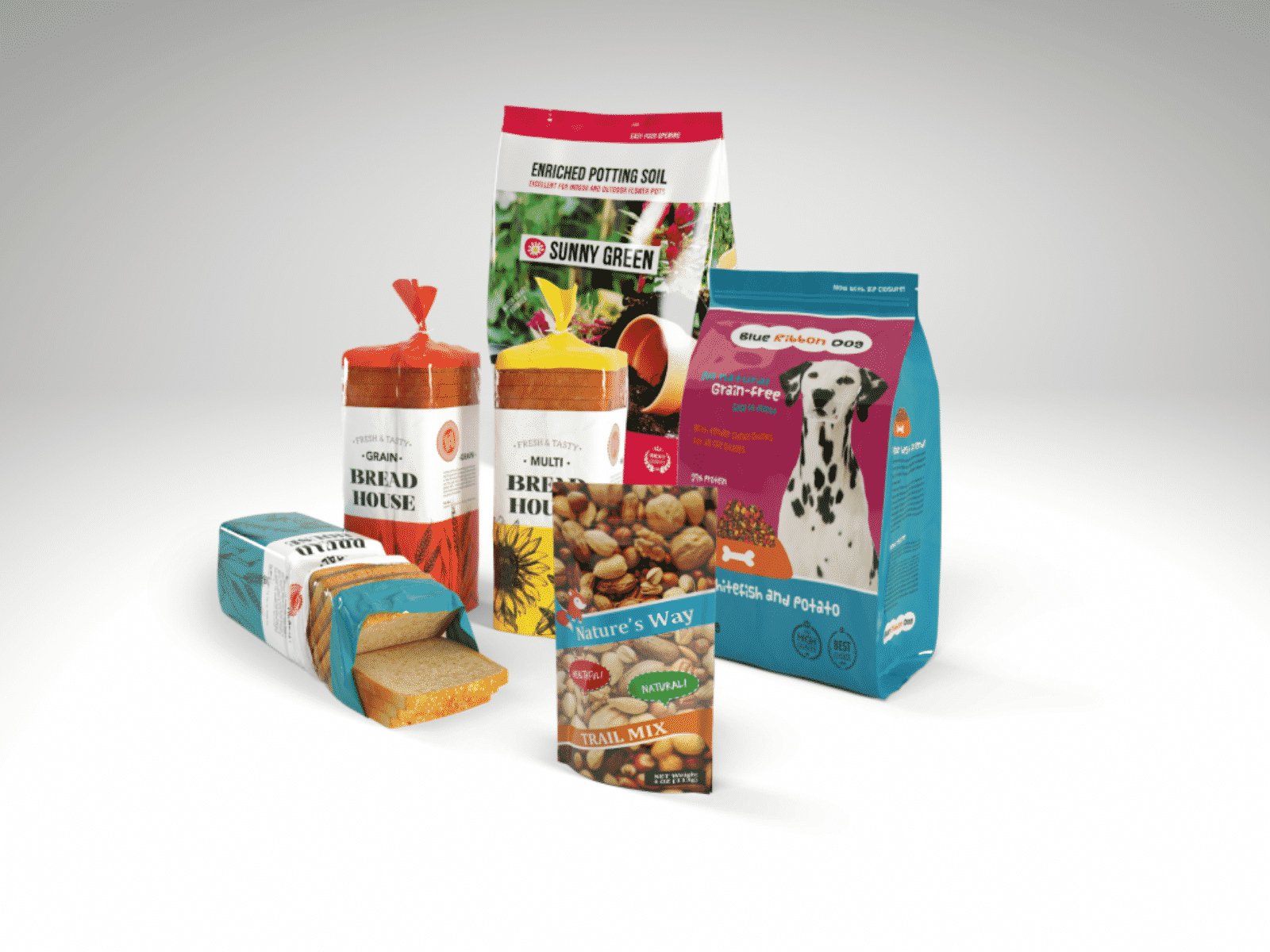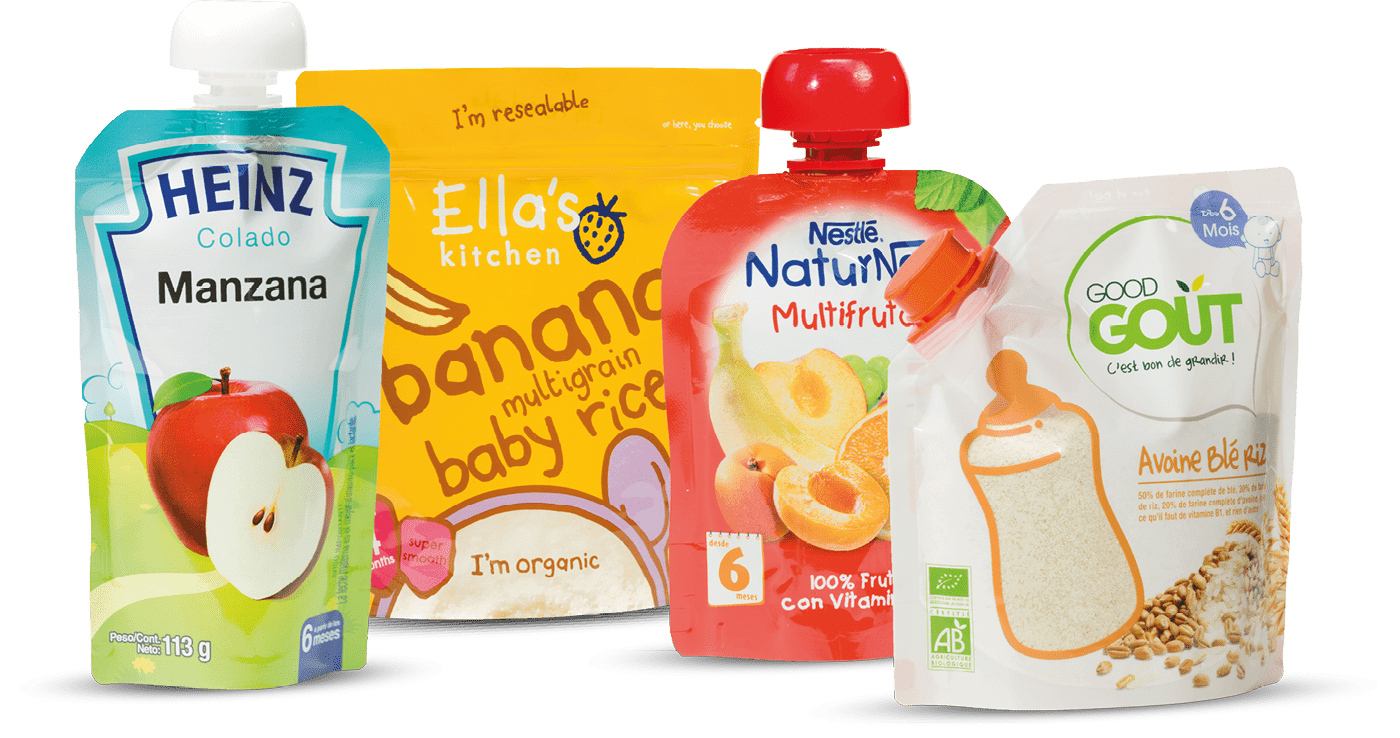Home » Flexible Packaging: Shelf Life and Gas-Filled Considerations
Flexible Packaging: Shelf Life and Gas-Filled Considerations
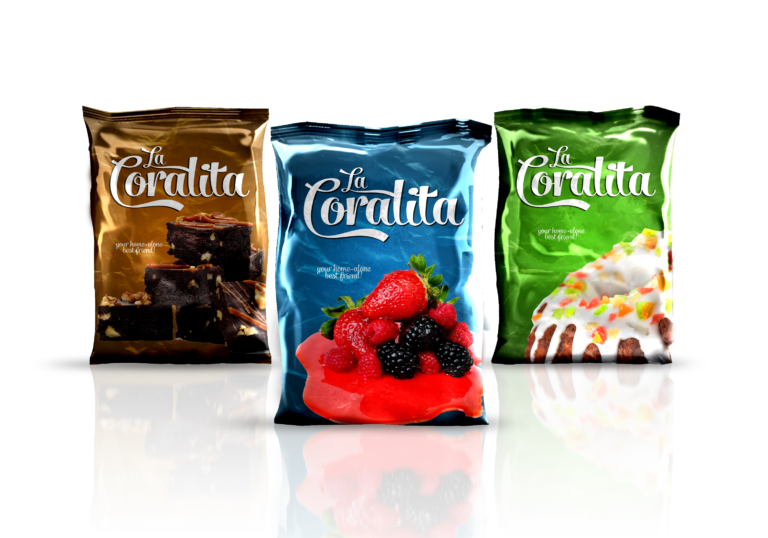
When designing flexible packaging for perishables, customers often have initial ideas for graphics but lack clarity on functional aspects critical to product performance. Shelf life and gas-filled packaging are two essential considerations that significantly impact packaging design and material selection.
Here’s what you need to know.
Shelf Life Expectancy for Perishables
The expected shelf life of a product determines the protective requirements of its packaging. For perishables, maintaining freshness, flavor, and safety over time is paramount.
Key Packaging Features for Shelf Life:
- Barrier Protection
- Packaging should guard against oxygen, moisture, and light exposure, which can cause spoilage or degrade product quality.
- High-barrier films or laminated layers are commonly used to extend shelf life by minimizing exposure to external elements.
- Seal Integrity
- A strong, airtight seal prevents contamination and ensures freshness. Heat sealing is a common method for flexible packaging to create durable closures.
- Material Durability
- Packaging must withstand the storage environment, whether refrigerated, frozen, or at room temperature. For example:
- Refrigerated goods need materials resistant to condensation.
- Frozen products require films that remain flexible and crack-free at low temperatures.
- Packaging must withstand the storage environment, whether refrigerated, frozen, or at room temperature. For example:
- Labeling and Compliance
- Shelf life is often tied to regulatory requirements for perishables. Clear labeling and compliance with industry standards are essential.
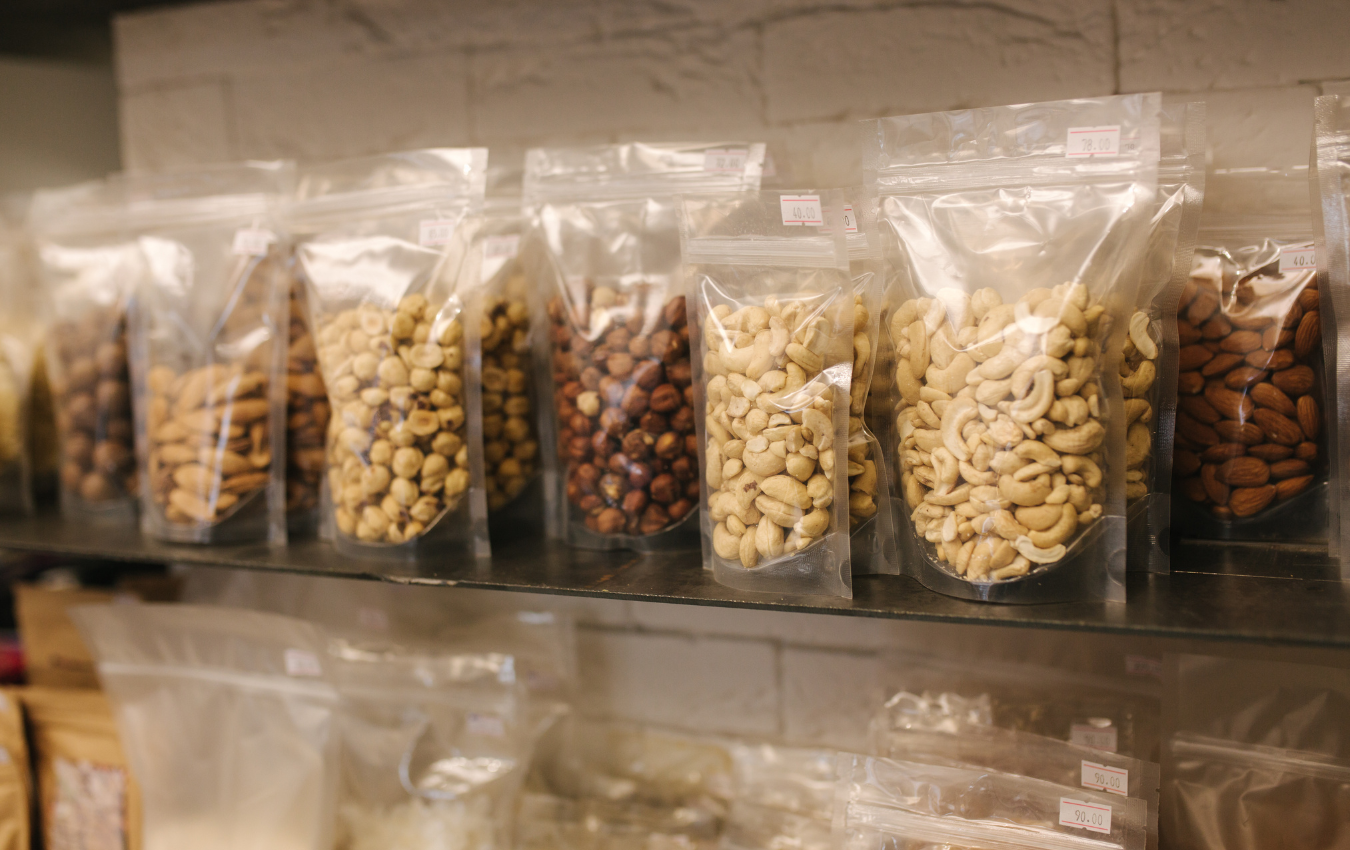
Gas-Filled Packaging for Freshness
For products requiring extended shelf life or enhanced visual appeal, gas-filled packaging, also known as Modified Atmosphere Packaging (MAP), is a valuable solution.
Benefits of Gas-Filled Packaging:
- Extended Freshness
- Replacing oxygen with nitrogen or carbon dioxide slows oxidation and microbial growth, keeping products fresh longer.
- Physical Protection
- The inflated appearance of gas-filled packages acts as a cushion, protecting fragile items like chips or baked goods from crushing.
- Enhanced Product Presentation
- The puffed look creates a clean, appealing appearance, boosting consumer confidence in the product’s quality.
Packaging Requirements for Gas Filling:
- Specialized Films: Materials must retain the gas mixture without leaks or permeability.
- Precision Sealing: Ensures the modified atmosphere remains intact until the product is opened.
- Equipment Compatibility: MAP requires specialized machinery to inject and seal the gas mixture.
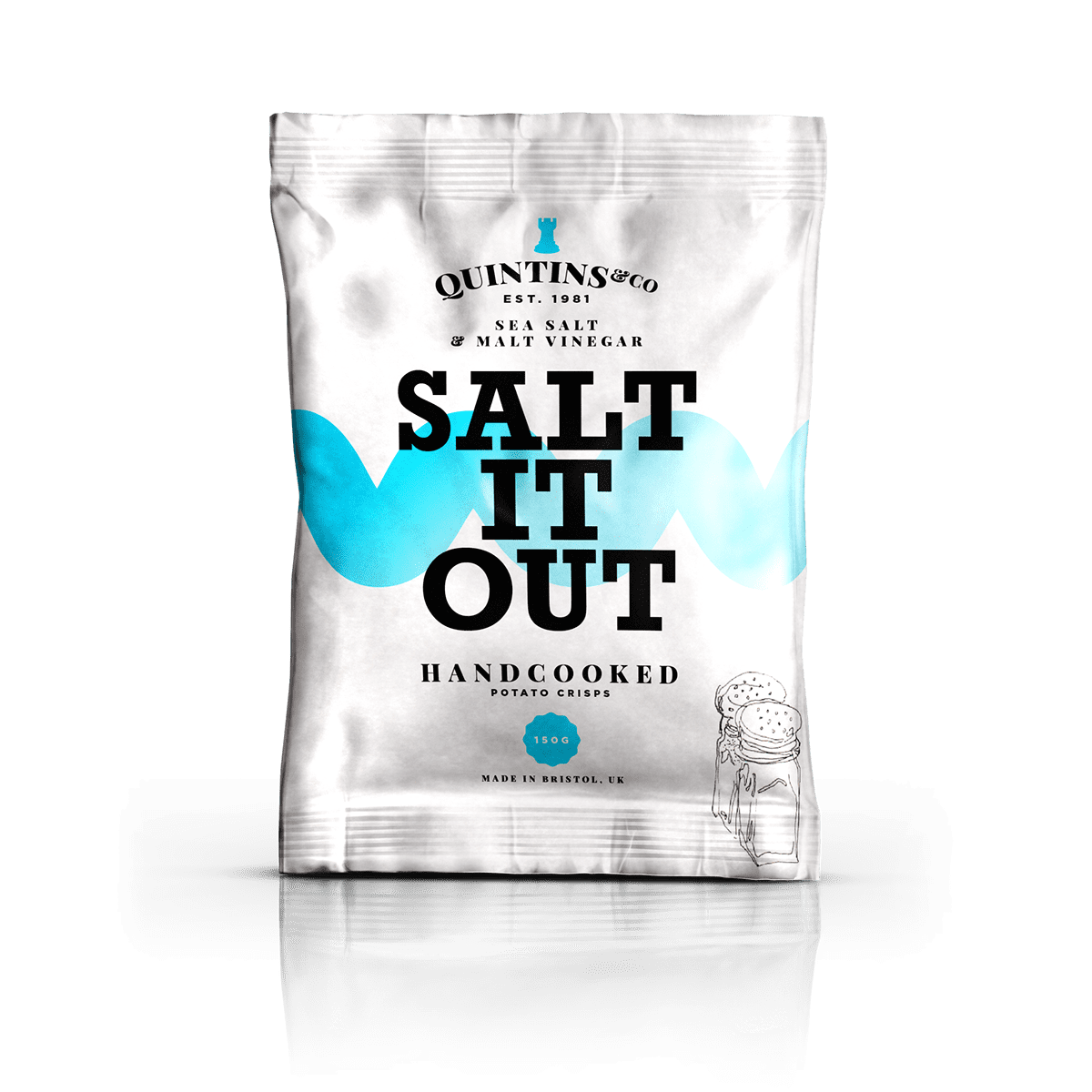
Practical Applications
Examples by Product Type:
- Snacks (Chips, Crackers): High-barrier films and nitrogen filling protect against staleness and physical damage.
- Fresh Produce: MAP with a blend of nitrogen and carbon dioxide slows ripening and spoilage.
- Meat and Dairy Products: Oxygen-free packaging prevents microbial growth and oxidation, extending shelf life.
Why It Matters
Incorporating the right flexible packaging solution for perishables ensures product integrity, reduces waste from spoilage, and meets consumer expectations for quality. Whether it’s a high-barrier film for extended shelf life or MAP for enhanced freshness and protection, choosing the right approach is critical to product success.
Need expert advice on flexible packaging? Let us guide you through the design and selection process to ensure your product performs flawlessly in its packaging.
Every brand is feeling the squeeze — higher raw material costs, volatile freight rates, and a consumer base more price-conscious than ever. But cutting packaging budgets blindly can lead to
Corrugated board comes in multiple flute sizes and wall grades, each designed to balance strength, weight, and cost. Selecting the wrong grade can lead to product damage, excessive freight costs,
As tariff changes reshape global trade, packaging buyers moving production from China to the U.S. or nearshore regions face a new challenge: supplier qualification. Transitioning supply doesn’t end once a
With new tariff proposals and continued trade uncertainty, 2026 is shaping up to be another pivotal year for packaging sourcing strategy. Many companies that shifted production away from China in
Home » Flexible Packaging: Shelf Life and Gas-Filled Considerations



